So you’ve heard of – and hopefully seen – the Big Five and perhaps even some of the Ugly Five, but who are the Shy Five? For those who don’t know, we’ve put together a little ‘getting to know you’ guide…
1. The Meerkat
Standing to attention at number one is the squirrel-sized meerkat. You’re unlikely to meet a lone meerkat as they live in groups known as mobs – each member of the mob is responsible for gathering food, looking after babies and keeping a keen eye out for predators.
Where to find them:
Meerkats live in deserts and grasslands meaning the Makgadikgadi Pans in Botswana and Kalahari Desert are ideal.
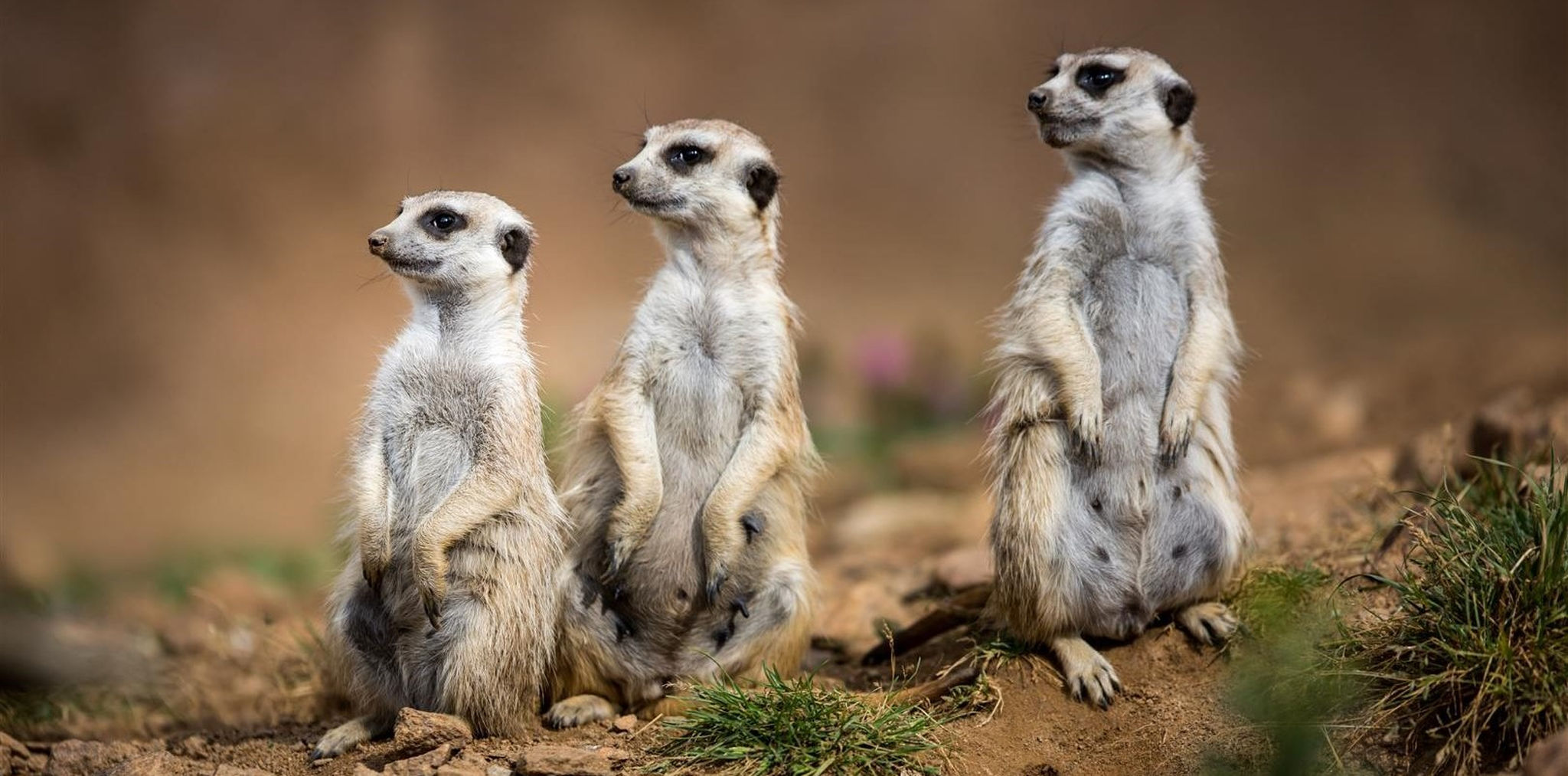
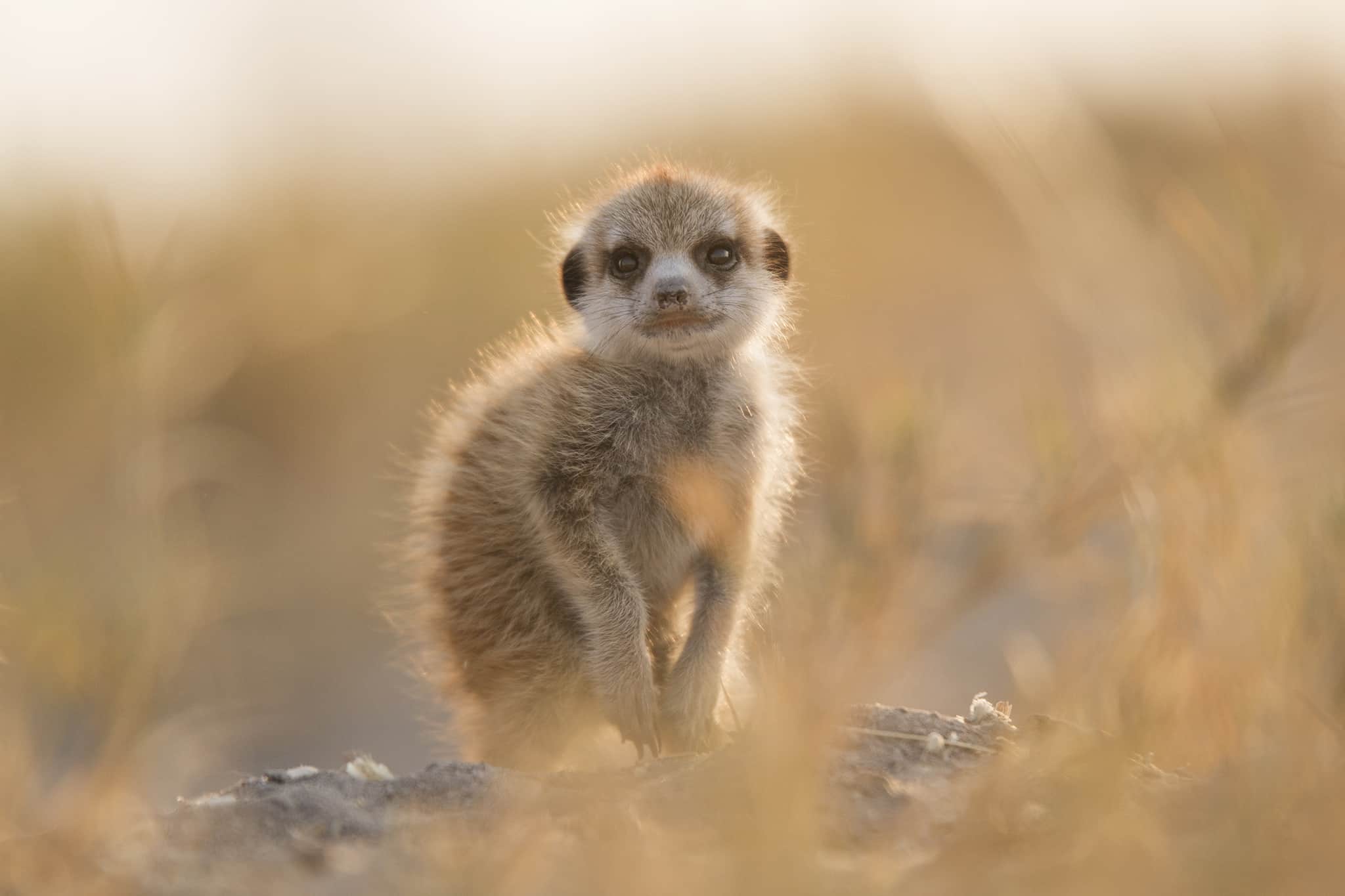
2. The Porcupine
Although happy to travel alone, a group of porcupines is aptly named a prickle. With up to 30, 000 quills, this is not an animal you want to cross! When feeling threatened porcupines rattle their quills to ward off predators; if that fails, these prickly rodents go into reverse, ramming their assailant.
Where to find them:
The Cape porcupine is found throughout Sub-Saharan Africa going as far north as Uganda and parts of Rwanda and all the way down to the Cape Provinces of South Africa. The Kruger National Park, Tswalu Kalahari Game Reserve and the Serengeti National Park are all great safari spots to see this fiesty member of the Shy 5.
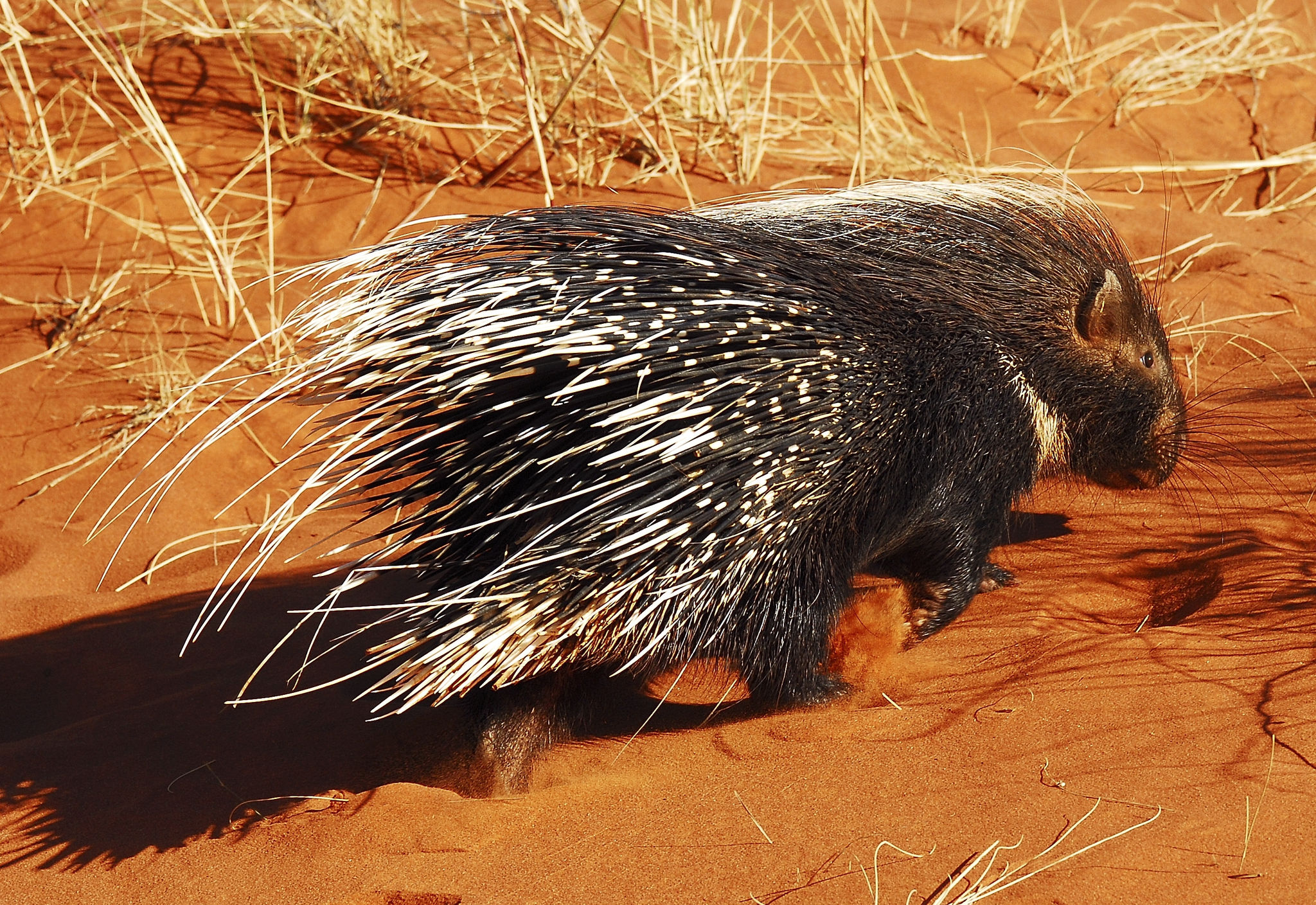
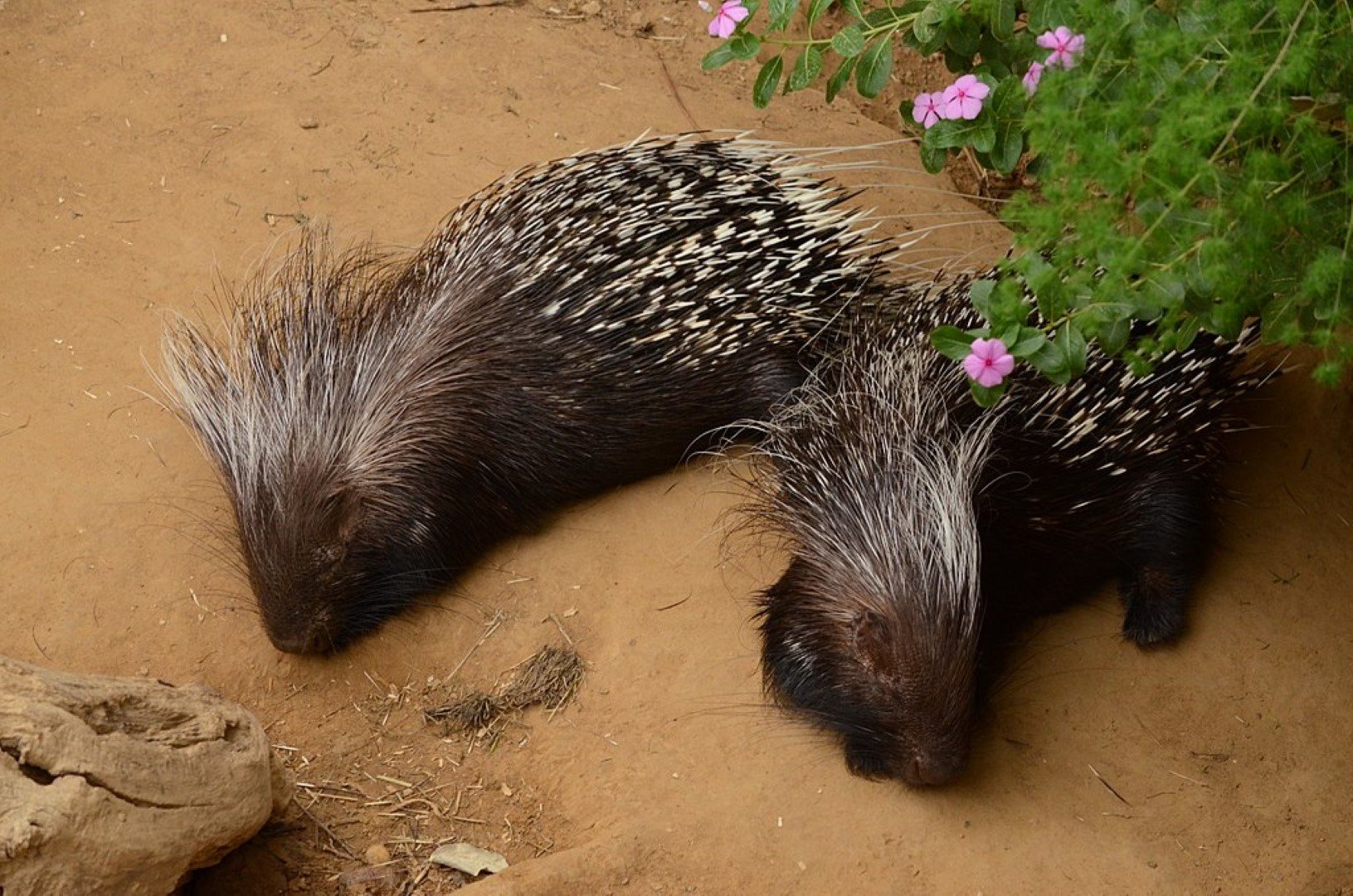
Photo Credit: Steven Lek
3. The Aardvark
Arguably the strangest looking of the bunch, the aardvark resembles an odd mix between a rabbit, piglet and kangaroo. This member of the elusive group possesses serious excavation powers that are used to break open ant hills, create escape routes and gain access to delicious snacks found within termite mounds. Although destructive, the holes created are often given a renovation and used by other members of the Shy 5.
Where to find them:
Reported to be one of the best areas to see the sneaky aardvark is the Karoo in South Africa – more specifically, the Samara Private Game Reserve. Further north, Tswalu Kalahari Game Reserve located in the Kalahari Desert is also a popular viewing spot.
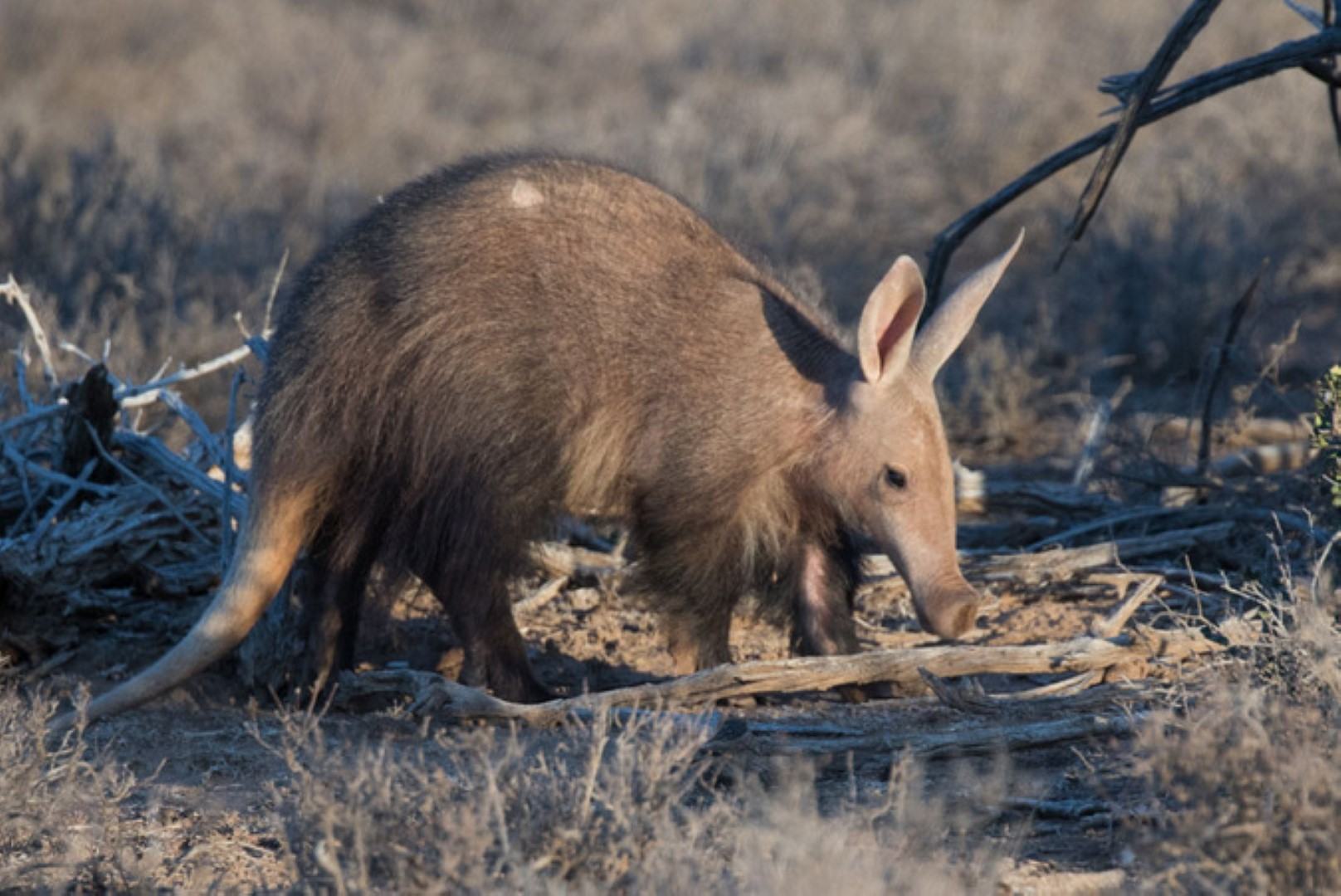
Photo Credit: Anthony and Suzanne Morreale (4exoticimages.com)
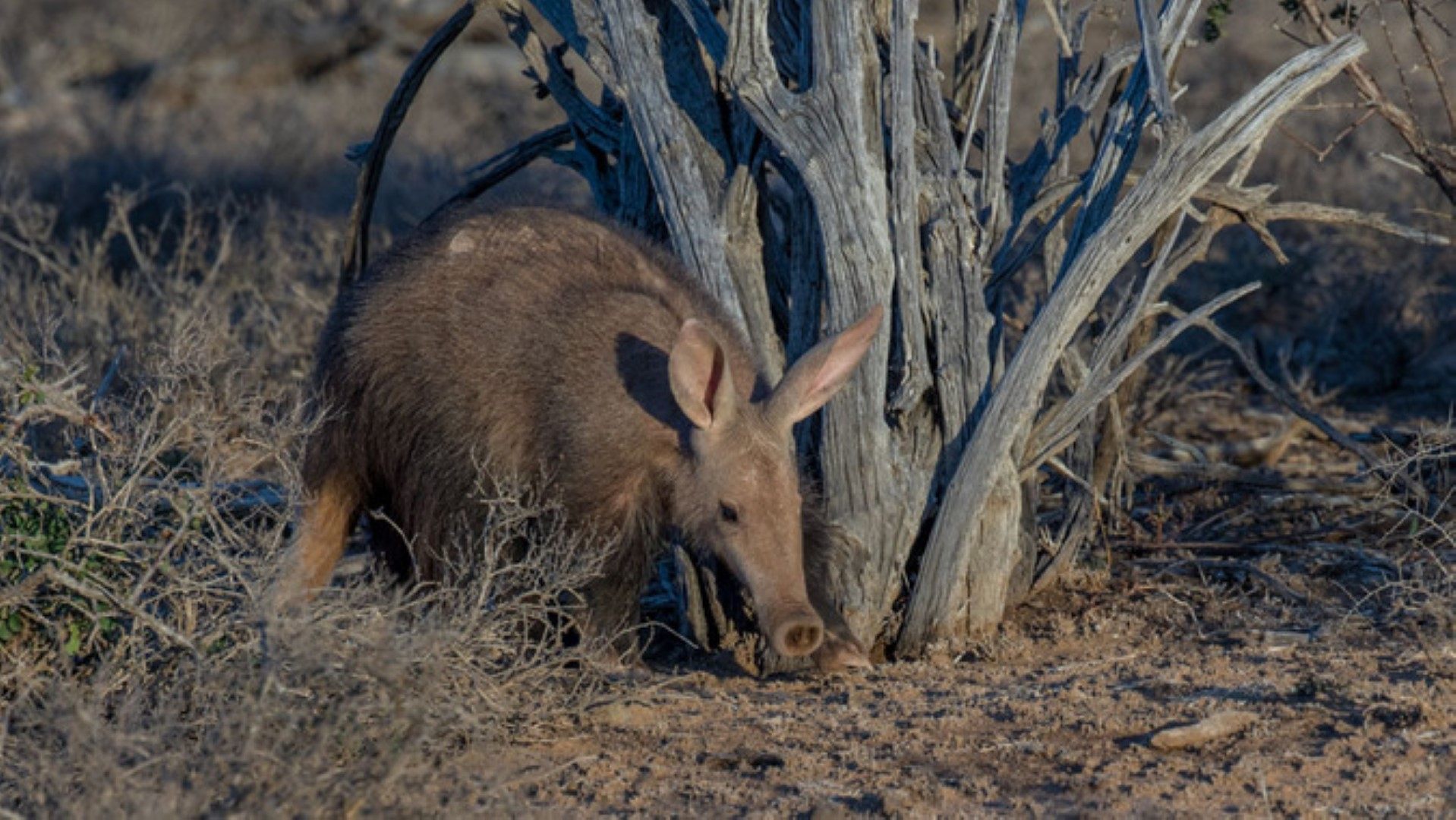
Photo Credit: Anthony and Suzanne Morreale (4exoticimages.com)
4. The Aardwolf
At first glance, this dog-like animal could pass as a small, striped hyena. The main difference being their diet, where the hyena is a meat scavenger, the aardwolf feasts on termites. As their food source cannot be shared or transported, aardwolves tend to be solitary foragers who love to use burrows created by other Shy 5 members, particularly the aardvark. When feeling threatened the aardwolf puffs up its mane – much like a cat would raise its hackles – and produces a roar of sorts.
Where to find them?
With a preference for semi-arid plains and grasslands these harmless carnivores are mainly found in Botswana, the Karoo region in South Africa and the Northern Cape.
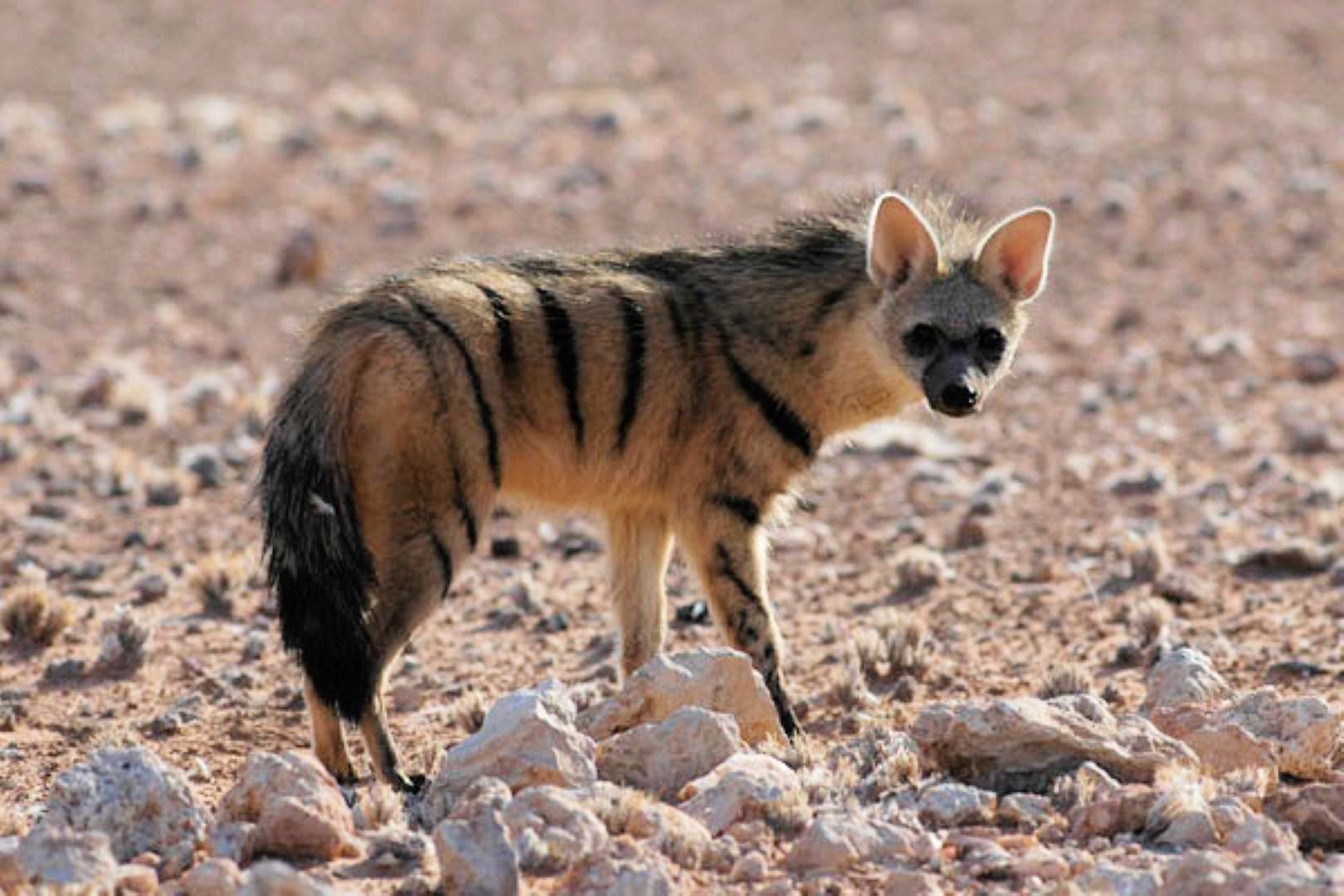
Photo Credit: Dominik Käuferle
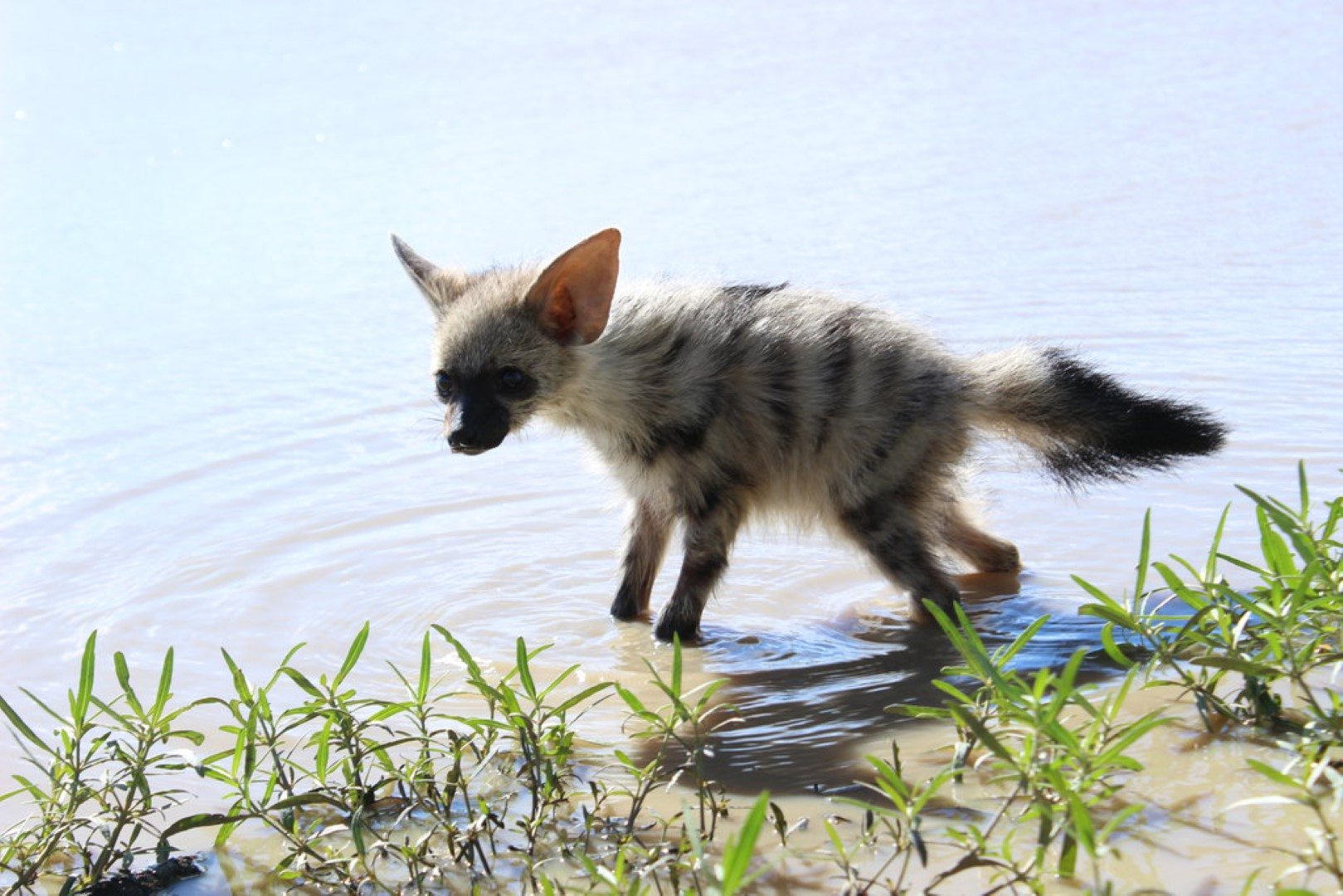
Photo Credit: Miguel Cabral
5. Bat-eared Fox
Although you may be imaging something along the lines of “all the better to hear you with my dear”, this member of the Shy 5 uses its satellite-sized ears for thermoregulation and to detect insect movement underground. As an insectivore, their diet mainly consists of beetles, ants, grasshoppers, termites and other creepy crawlies most of us would rather avoid!
Where to find them:
As bat-eared foxes are fond of arid and semi-arid areas, south and east Africa are popular spots for sightings. The Kruger National Park in South Africa, Etosha National Park in Namibia and Tanzania are all areas this member of the Shy 5 can be found.
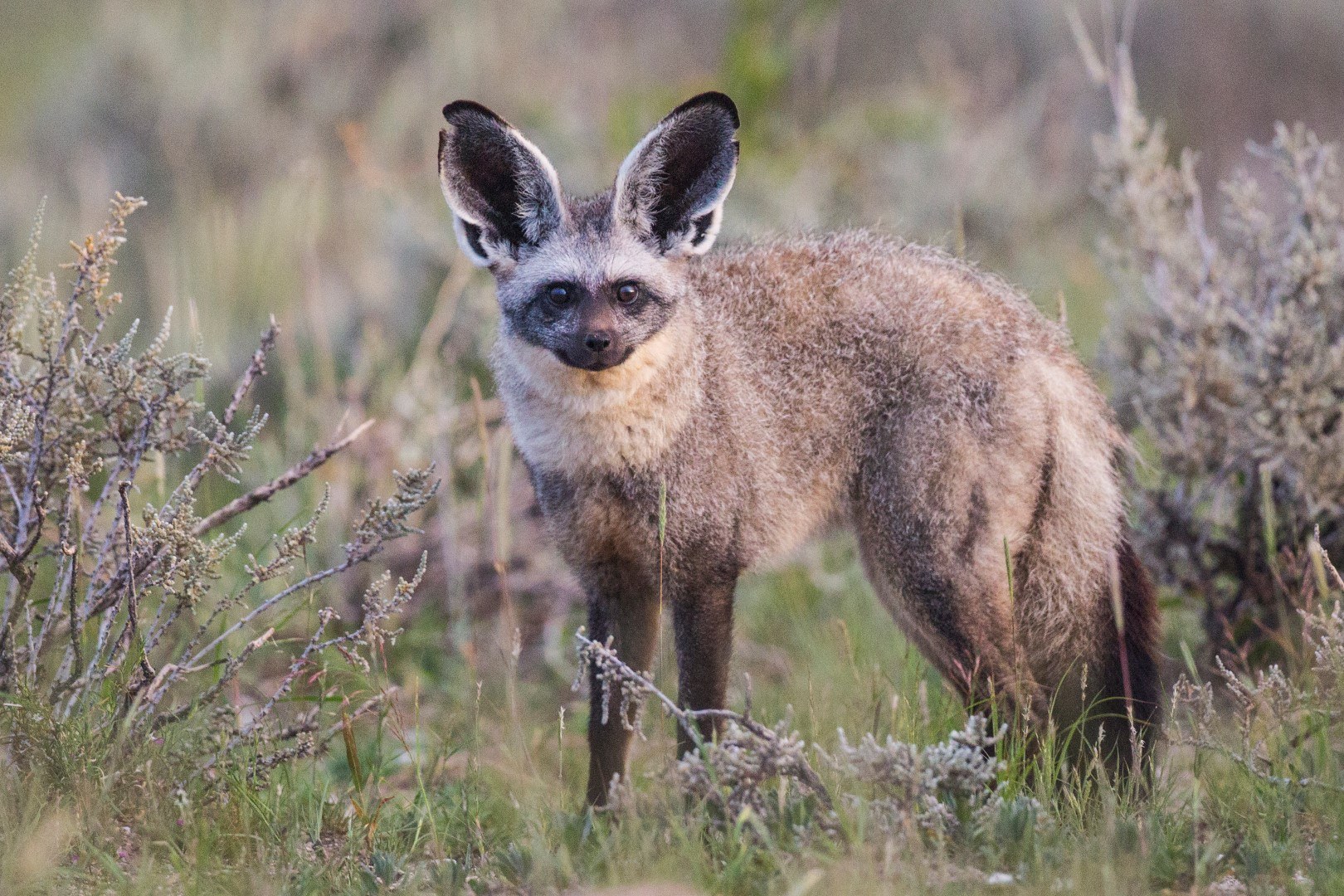
Photo Credit: Yathin Krishnappa
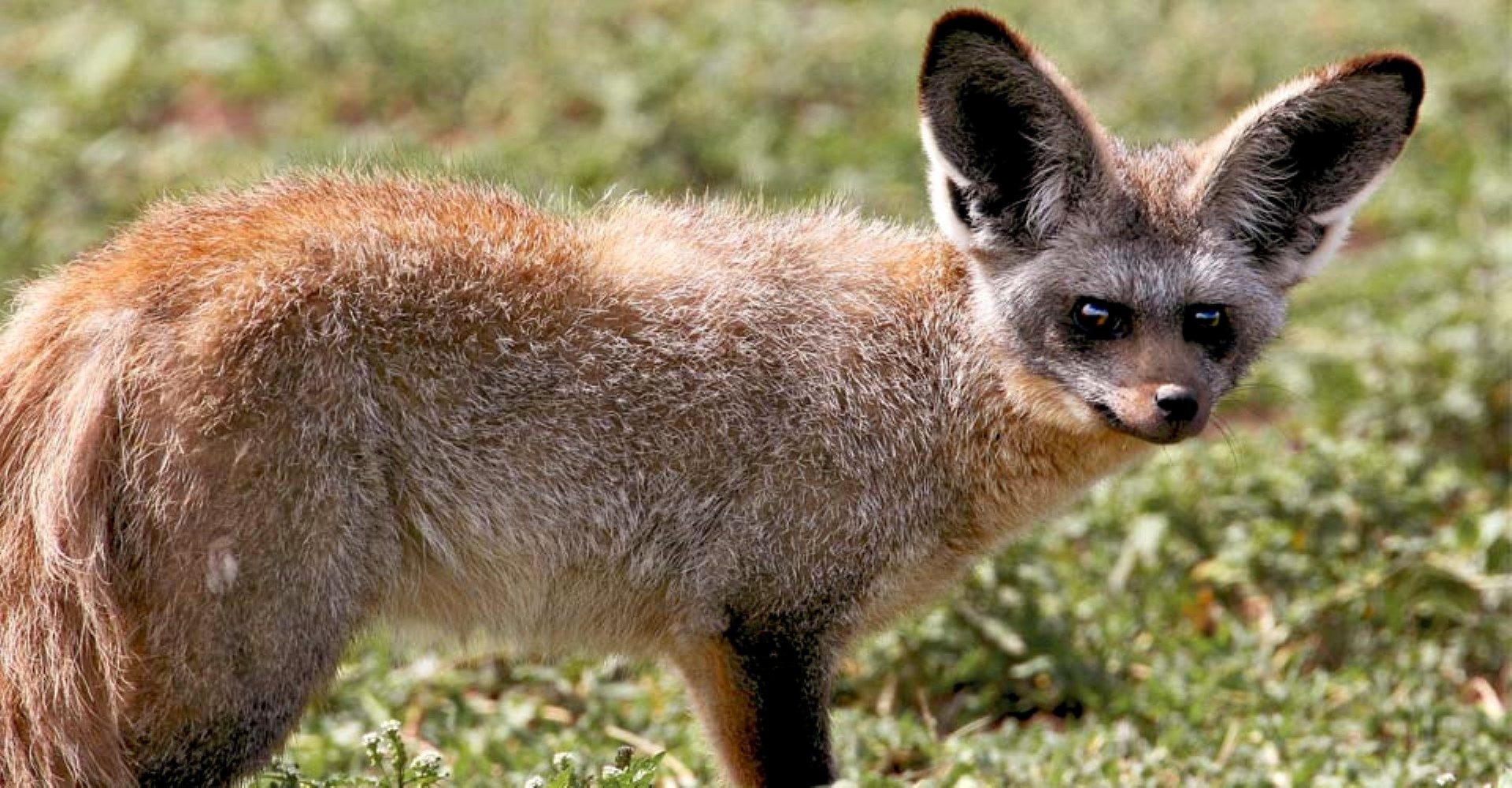
Photo Credit: Craig Sholley
Tell us about your Shy 5 sightings!
The Aardwolf and Bat-eared fox are the cutest little guys I’ve ever seen!